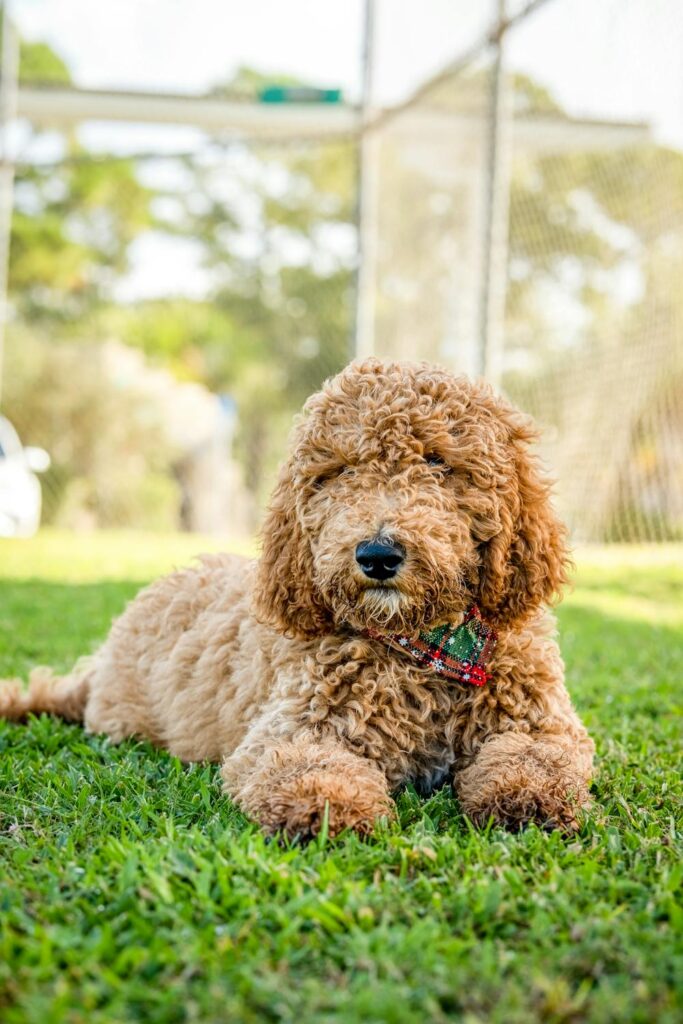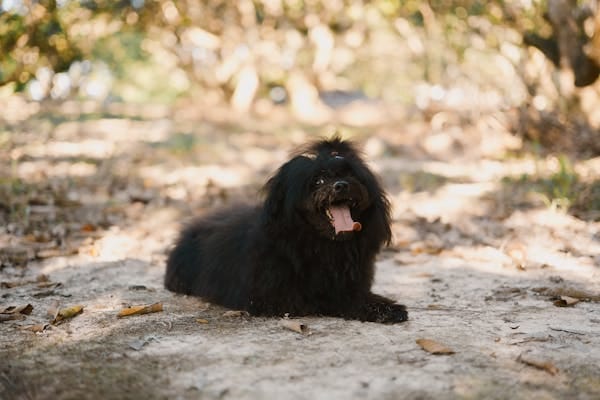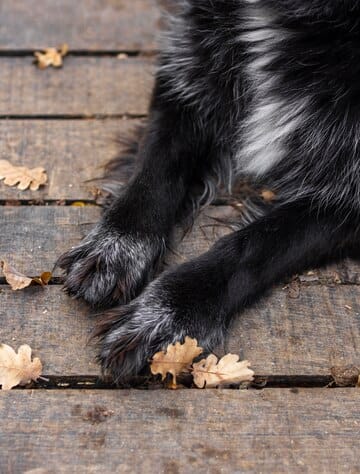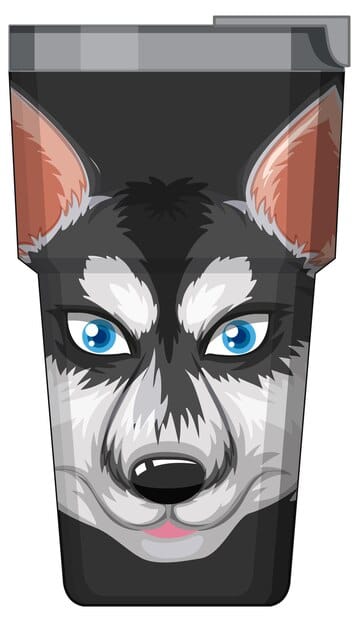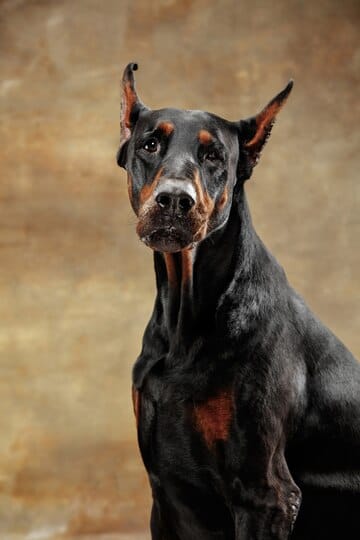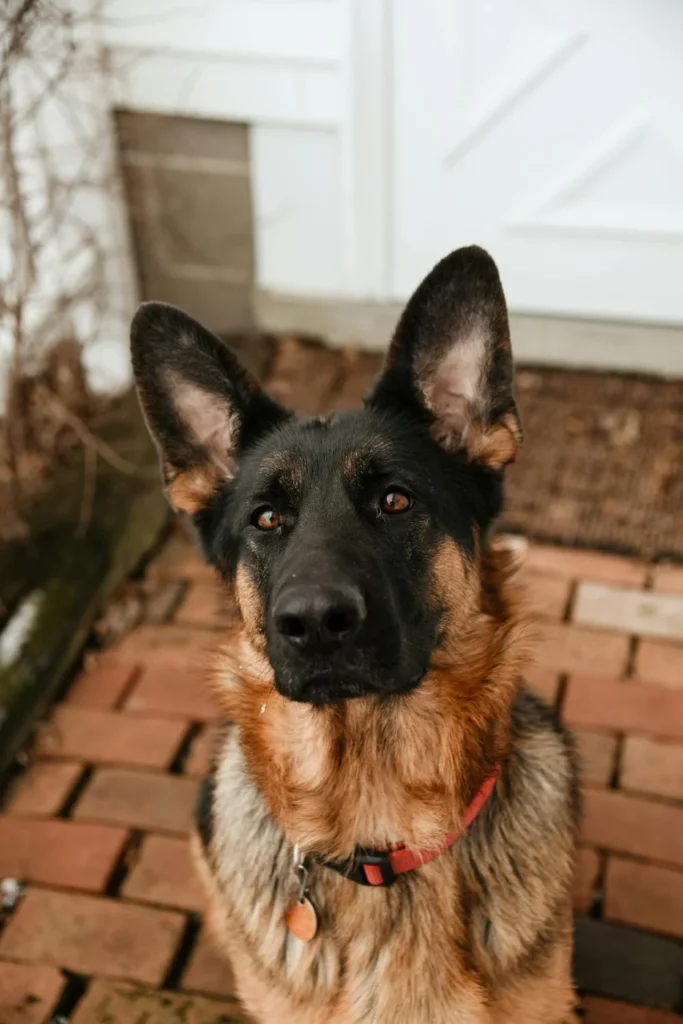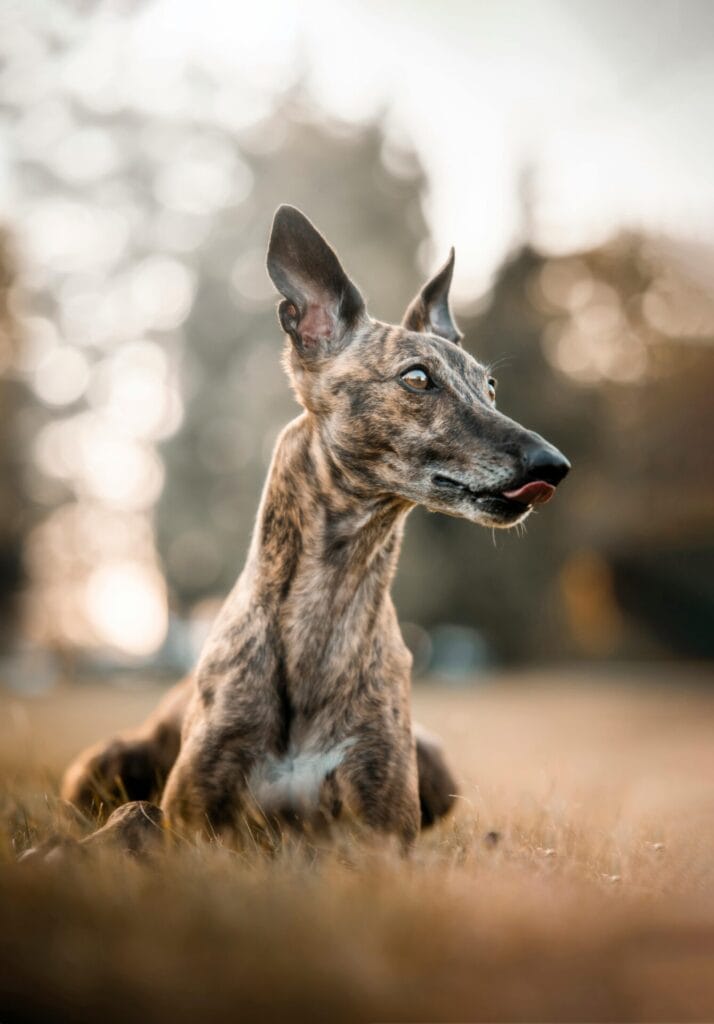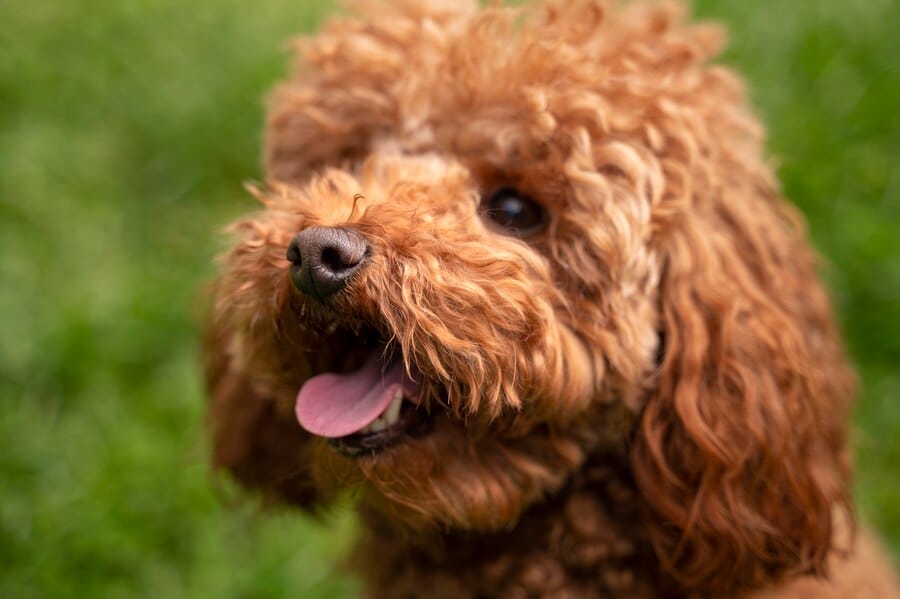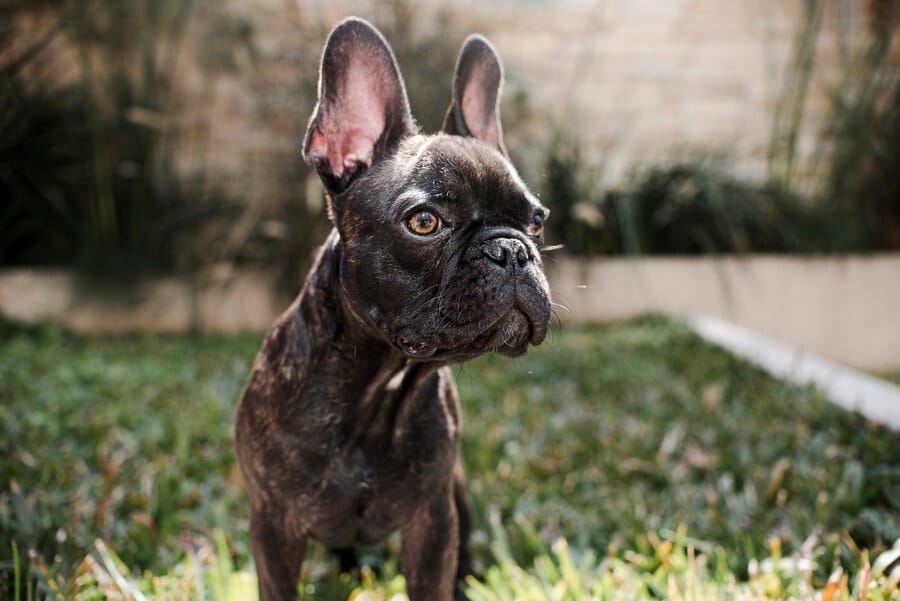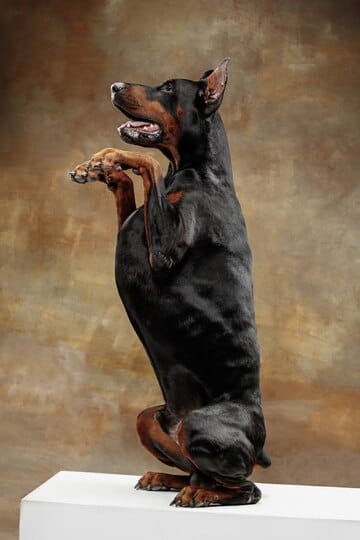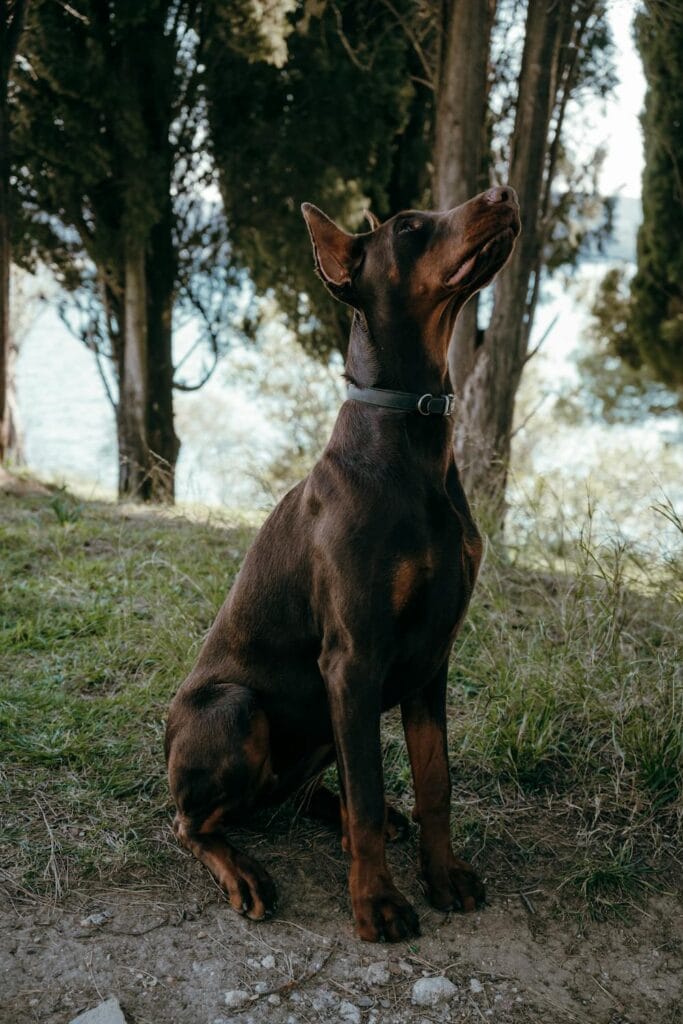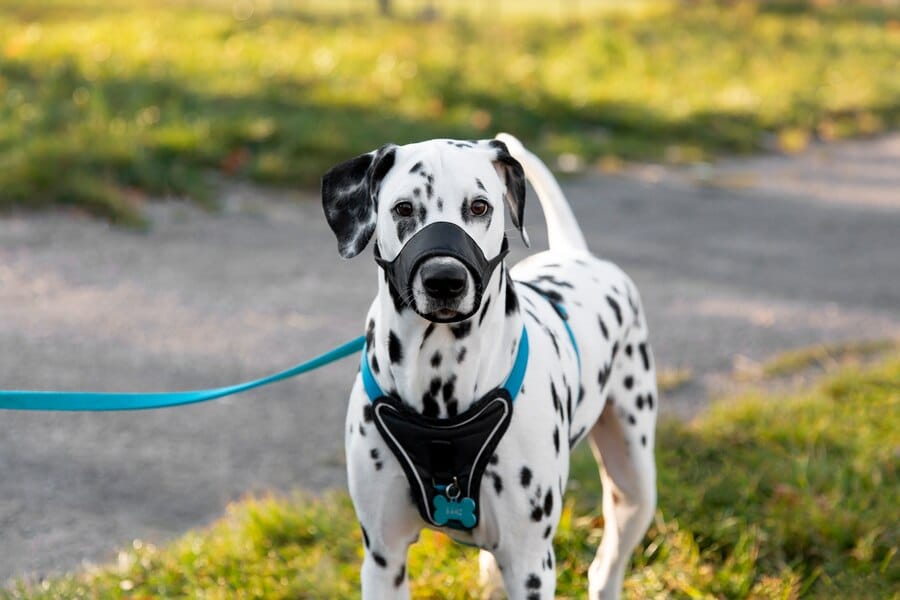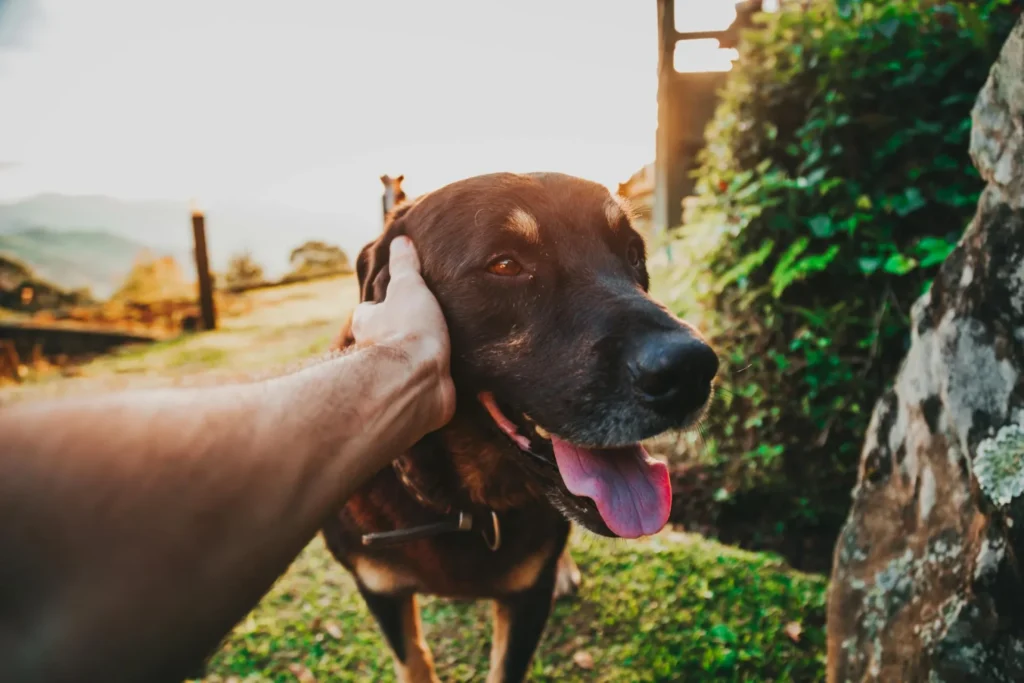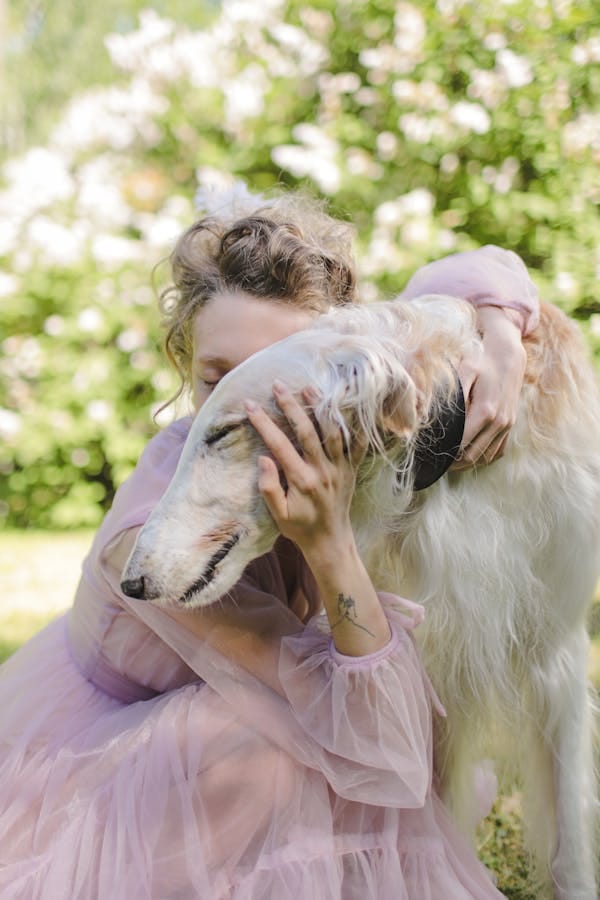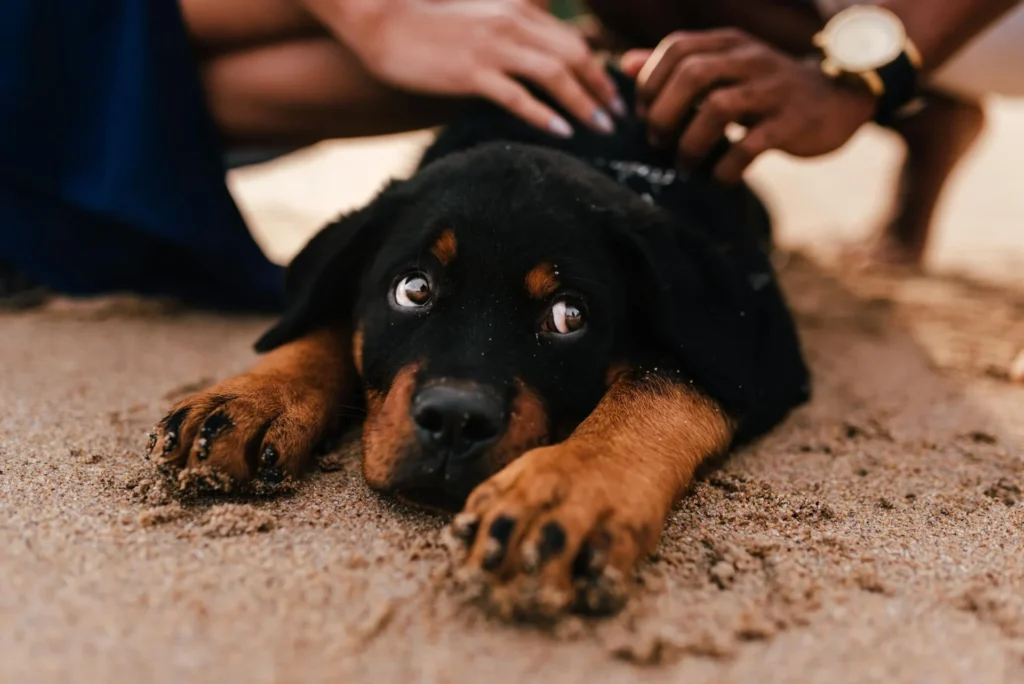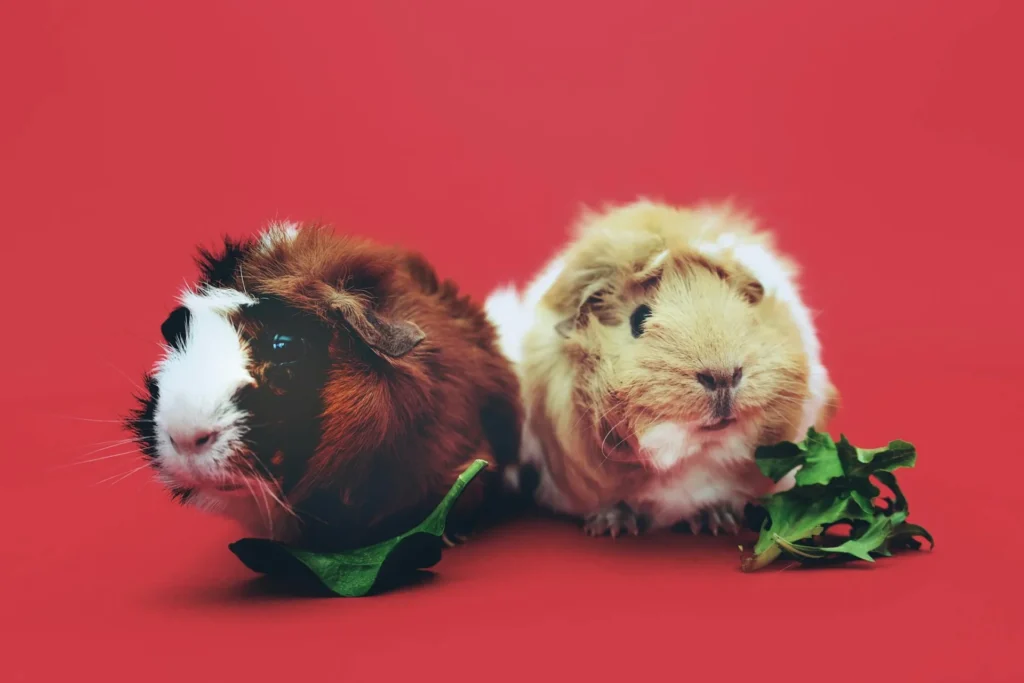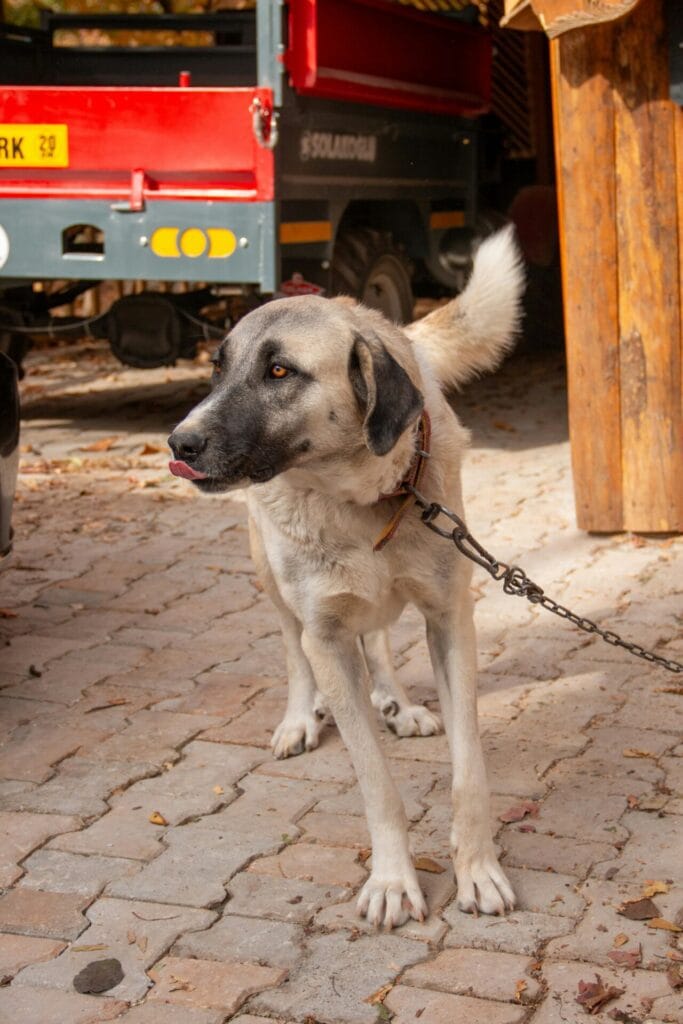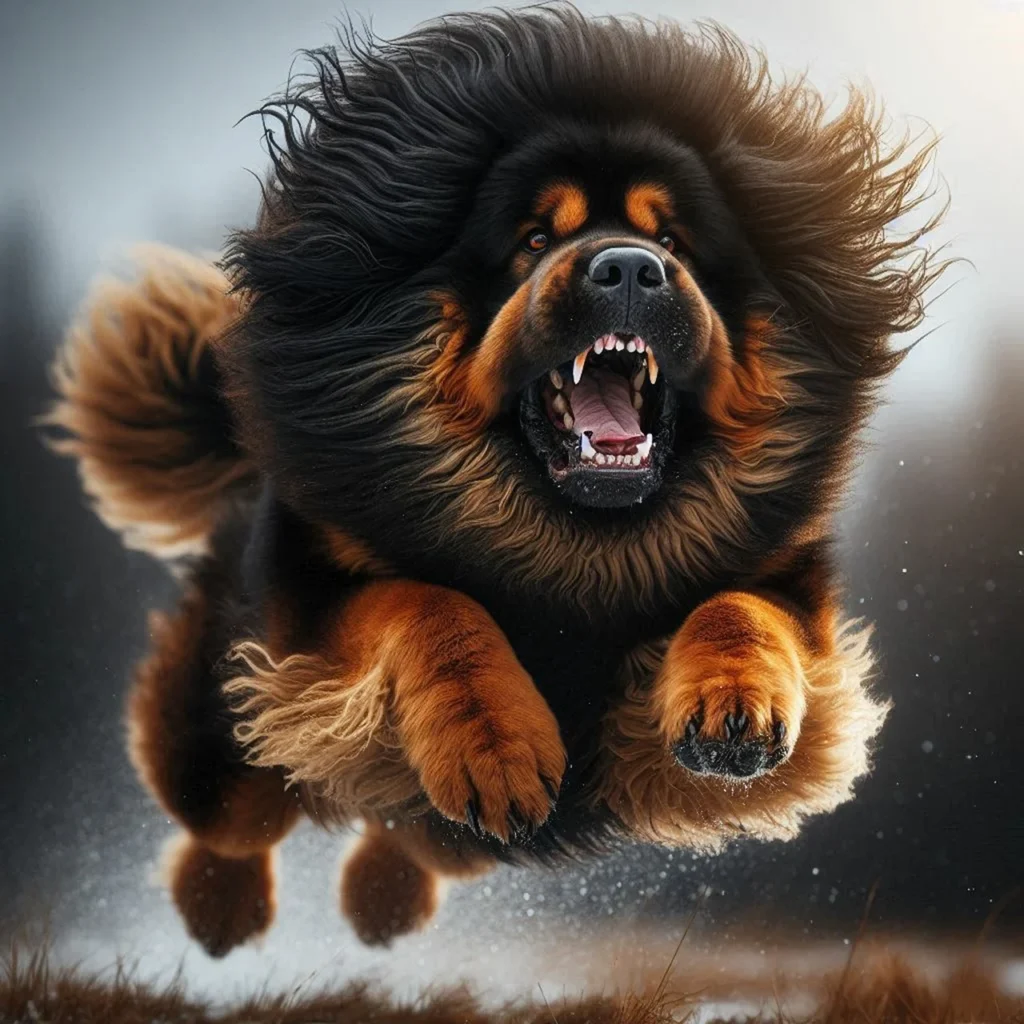- The Poodle’s Aquatic Mystery
- The Poodle’s Watery Origins 🌊
- What Does “Waterproof” Really Mean for Dogs? 🧐
- The Poodle’s Aquatic Adaptations: Nature’s Design 🧬
- The Science Behind the Splash: How Poodle Coats Work 🔬
- Are All Poodles Equally Water-Resistant? 🐾
- The Role of Grooming in Water Resistance 💇♀️
- Poodles vs. Other Water-Loving Breeds: A Comparison 🏊♂️
- The Pros and Cons of Poodles’ Water-Resistant Coats 📊
- FAQs: Poodles and Water 💧
- The Future of Poodles and Water: Making a Splash 🔮
- Conclusion: Poodles – Nature’s Aquatic Aristocrats 👑
The Poodle’s Aquatic Mystery
When we think of poodles, we often picture elegantly groomed show dogs or intelligent companions. But beneath that sophisticated exterior lies a breed with a fascinating aquatic heritage. Today, we’re diving deep into a question that’s been making waves in the dog world: Are poodles waterproof? 🤔
The Poodle’s Watery Origins 🌊
To understand the poodle’s relationship with water, we need to paddle back in time:
- Ancient Ancestry: Poodles descended from ancient water dogs, possibly dating back to the 1st century AD.
- Name Game: The word “poodle” comes from the German “pudeln,” meaning “to splash in water.”
- Working Roots: Originally bred as retrievers for waterfowl hunting.
These historical tidbits hint at a breed built for aquatic adventures. But does that make them waterproof?
What Does “Waterproof” Really Mean for Dogs? 🧐
Before we declare poodles waterproof or not, let’s define our terms:
- True Waterproofing: Complete imperviousness to water (not possible for any dog)
- Water-Resistant: Ability to repel water to some degree
- Quick-Drying: Coat that doesn’t retain water for long
With these definitions in mind, let’s dive into the poodle’s aquatic adaptations.
The Poodle’s Aquatic Adaptations: Nature’s Design 🧬
Poodles possess several features that make them excellent swimmers and water-resistant:
- Double Coat Structure:
- Dense, curly outer coat
- Soft, insulating undercoat
- Coat Texture:
- Coarse, wiry texture repels water
- Curls trap air, providing insulation and buoyancy
- Skin Oils:
- Natural oils help repel water
- Provides some protection against cold water
- Body Shape:
- Streamlined build for efficient swimming
- Powerful legs for propulsion
- Webbed Feet:
- Partial webbing between toes
- Enhances swimming ability
The Science Behind the Splash: How Poodle Coats Work 🔬
Let’s break down the poodle’s water-resistant properties:
| Feature | Function | Water-Resistance Level |
|---|---|---|
| Curly Outer Coat | Traps air, repels water | High |
| Dense Undercoat | Insulation, buoyancy | Moderate |
| Natural Skin Oils | Water repellent | Moderate |
| Coat Texture | Quick-drying | High |
Are All Poodles Equally Water-Resistant? 🐾
Poodle varieties may differ slightly in their water-resistant qualities:
- Standard Poodles: Often the most water-resistant due to their working heritage
- Miniature Poodles: Generally maintain good water-resistance
- Toy Poodles: May be less water-resistant due to their smaller size and often denser coat
The Role of Grooming in Water Resistance 💇♀️
Grooming plays a crucial role in maintaining a poodle’s water-resistant properties:
- Natural Coat: Most water-resistant when left long and curly
- Clipped Coat: Can reduce water resistance but may dry faster
- Show Clips: May prioritize aesthetics over water resistance
Grooming Tips for Water-Loving Poodles:
- Regular brushing to prevent matting
- Maintain natural oils by not over-bathing
- Use dog-specific, moisturizing shampoos
- Consider leaving coat slightly longer for water activities
Poodles vs. Other Water-Loving Breeds: A Comparison 🏊♂️
How do poodles stack up against other water-oriented breeds?
| Breed | Water Resistance | Swimming Ability | Coat Drying Time |
|---|---|---|---|
| Poodle | High | Excellent | Fast |
| Labrador Retriever | Moderate | Excellent | Moderate |
| Portuguese Water Dog | High | Excellent | Moderate |
| Newfoundland | Moderate | Excellent | Slow |
The Pros and Cons of Poodles’ Water-Resistant Coats 📊
Pros:
- Excellent swimmers
- Quick-drying coat
- Natural insulation in cold water
- Less “wet dog” smell
Cons:
- Regular grooming required
- Can be prone to ear infections if water enters ear canal
- May be overconfident in water
- Potential for matting if not dried properly
FAQs: Poodles and Water 💧
- Q: Can poodles swim in chlorinated pools?
A: Yes, but rinse them afterward to prevent coat and skin irritation. - Q: How often should I bathe my poodle if they swim regularly?
A: Rinse with fresh water after swimming. Full baths every 4-6 weeks or as needed. - Q: Do poodles need life jackets for water activities?
A: While strong swimmers, life jackets are recommended for safety, especially in open water. - Q: Can poodles get water in their ears while swimming?
A: Yes, dry their ears thoroughly after water activities to prevent infections. - Q: Are poodle puppies naturally water-resistant?
A: Puppies develop their water-resistant coat as they mature. Introduce water gradually.
The Future of Poodles and Water: Making a Splash 🔮
As we look ahead, several trends may impact poodles’ relationship with water:
- Water Therapy: Increasing use of hydrotherapy for poodles with joint issues
- Eco-Friendly Grooming: Development of products that maintain water resistance while being environmentally conscious
- Water Sports: Growing participation in dock diving and other aquatic dog sports
- Climate Adaptation: Breeding focus on maintaining water-resistant qualities in changing climates
Conclusion: Poodles – Nature’s Aquatic Aristocrats 👑
So, are poodles waterproof? While not technically 100% waterproof, poodles are certainly well-equipped for aquatic adventures. Their unique coat, combined with their natural swimming abilities, makes them one of the most water-resistant dog breeds.
Whether you’re looking for a swimming companion or just appreciate the poodle’s fascinating history, it’s clear that these elegant dogs have more than just good looks. They’re a testament to the incredible adaptations that can occur when nature and human selection work together.
As poodle owners or enthusiasts, let’s celebrate and nurture their aquatic heritage. Whether it’s a dip in the pool, a romp in the rain, or a splash at the beach, poodles remind us that sometimes, the most sophisticated among us are also the most ready for adventure. 🐾💦
Remember, every poodle is unique. While their breed characteristics predispose them to water-loving ways, individual preferences may vary. Always introduce water activities gradually and positively, and you might just find your poodle making waves in more ways than one! 🏄♂️🐩

